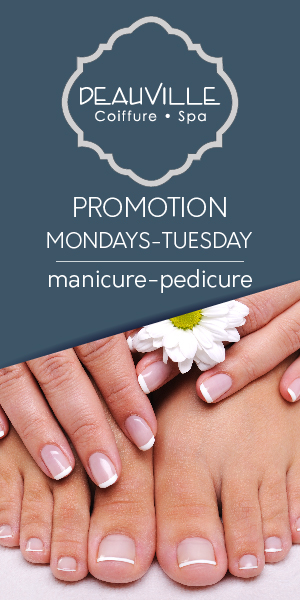Bleached hair can often become dry and damaged after bleaching, but a keratin treatment can restore its health. Less damaging than thermal reconditioning treatments, it will leave your locks thicker and smoother in appearance.
Note that dyeing your hair during your keratin treatment could cause it to wash out or fade away completely, possibly leading to its degradation and eventual disappearance.
It does not work on bleached hair
Bleached hair can be fragile, and therefore keratin treatments should not be performed on it. Furthermore, it’s wise not to dye your locks right after receiving treatment as chemicals present can interact with keratin and cause irreparable damage; if necessary, wait at least four weeks after your treatment before dyeing your tresses again.
Keratin treatments are less chemically intensive than thermal reconditioning and can make your hair appear healthy and shiny. However, bleached hair is still vulnerable to damage from heat styling tools and UV rays from sunlight.
If you are considering getting a keratin treatment on your bleached hair, make sure it is formaldehyde-free and uses protein-rich deep conditioner to repair any damage done to it. Failing this may lead to brassy or dull results which can be addressed through some simple tricks and tips.
It is expensive
Bleached hair can become damaged easily, and one way to reduce damage is with keratin treatments. While these can be expensive depending on the length and thickness of your locks as well as color choice, keratin smoothing treatments provide long-term solutions.
Keratin treatments help repair damaged hair by reinstating its strength-giving keratin protein, as well as reduce frizz and make styling simpler. Unfortunately, however, formaldehyde-containing keratin treatments contain carcinogens like formaldehyde that could potentially pose health risks when inhaled; you can avoid this issue by selecting a salon which uses formaldehyde-free products.
Your stylist will begin the treatment by washing, applying product, blow drying and flat ironing small sections of hair at a time before flat ironing all at once. Some stylists use heat protectant spray beforehand so as to not expose your locks to too much heat during this step of the treatment process.
It is not safe for sensitive skin
Keratin is a protein that strengthens and smoothens hair. This treatment is especially helpful for brittle, damaged, bleached or bleached locks; frizz reduction and scalp protection also benefit. Proper care can extend its effectiveness up to six months if done regularly with moisturizing shampoo/conditioners/masks like Better Hair Days Restore and Shine every week.
Keratin treatments have long been controversial due to their presence of formaldehyde, which has been identified as a potential carcinogen. Although many salons now provide alternatives that do not contain this toxic gas, these products still contain numerous chemicals which combine together to release its effects.
If you are concerned about the risks associated with keratin treatments, ask your stylist about alternative formulas that use less-damaging substances such as glyoxylic acid instead of formaldehyde for straightening purposes. These may not provide as dramatic results but they’re much safer alternatives.
It is not permanent
Many people with bleached hair wonder if a keratin treatment can benefit them, having heard that it will make their locks smoother, healthier, and easier to style. While the effects may last temporarily, they must keep in mind that permanent transformation is unlikely.
Bleached hair loses its natural keratin, and this treatment cannot replace it. However, it can reduce damage caused by chemical processing and help the hair recover more quickly from it.
Keratin treatments, more commonly referred to as Brazilian blowouts, is a salon procedure which utilizes keratin to coat and seal hair shafts with layers of keratin protein for maximum shine and silky feel. Unfortunately, formaldehyde-containing formaldehyde may cause cancer in people exposed to formaldehyde over time.
Following a keratin treatment, it’s essential to follow your stylist’s instructions, including not washing your hair for three days and using a toner to neutralize any pigments present. Also, wait two weeks before dying your locks.



